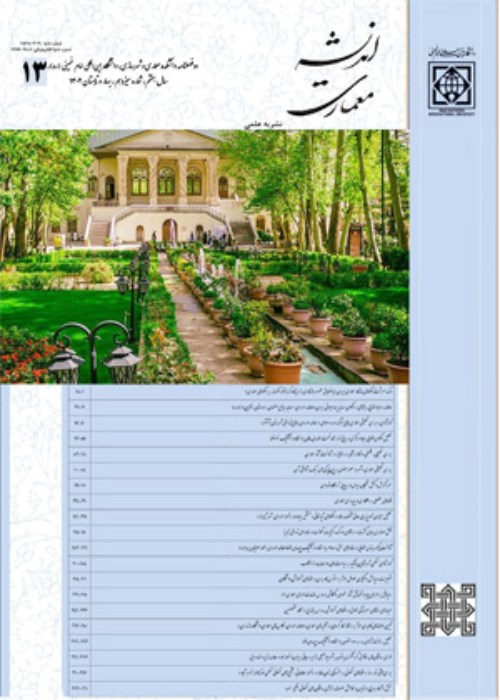Investigating reconstruction approaches in postwar architecture
Throughout history, war and its consequences have caused the change or destruction of urban structures and architectural monuments, and their impacts have continued to exist in future eras. Nowadays, cities are not safe from war damages (or similar destructive events) and may be conflicted or destroyed due to different political, economic, and social problems; therefore, the evaluation of reconstruction approaches in architecture, after wars, seems necessary. This research aims to determine the effects of war on architecture and urbanization, it’s seeks to find the best ways to rebuild destroyed cities and villages.Research Question: How wars affect the architecture of cities and the method of reconstruction afterward are the main questions of the present research, the answer to which can prove helpful in destructive events and provide scientific solutions based on an organized plan to prepare for and confront unpredictable events.
The purpose of this article is to recognize and classify the types of reconstruction methods after wars. In order to achieve the above purposes, in addition to introducing different generations of wars, their effects on urban structures are specified. Then, the method of each generation’s reconstruction is studied through sample studies. Further, the samples’ reconstruction methods are comparatively evaluated. In addition to evaluating historic wars, such as Alexander’s assault on Iran, Crusades, the Muslims conquest of Persia, and Mongol’s attacks, Cities of Berlin, Hiroshima, London, Warsaw, Beirut, and damaged cities of Iran are chosen as research samples. The samples are chosen based on the type of damage during the war and the application of different reconstruction methods, in order to answer the questions and purposes of the research.
The first stage of the research showed that wars affect architectural and urban structures in six years (based on the type of weaponry used in each period of war). The weapons of primitive and first-generation wars were weapons, such as bow, sword, and primitive firearms (in the first generation), and had minimum (short-term) impacts on urban and architectural structures. Most destructions are attributed to the second and third generation of wars, in these generations of wars; destruction of the cities was one of the warriors’ approaches to victory. The fourth and fifth-generation wars are cultural and cyber warfare, the effects of which on urban structures will appear in the long-term. The results from the research show that constructions after wars are classified into three general categories: remodeling regardless of previous background, rebuilding as before, revitalization, and adaptation of monuments considering new conditions and historical background. Reconstructions after primitive and first-generation wars (given there was no architectural damage) were carried out through the method of revitalization based on new conditions, in the short-term, and the method of remodeling in the long-term. Reconstructions after second and third-generation wars (due to extreme damage) were mostly carried out through remodeling and rebuilding methods in the short-term, and revitalization method in the long-term. Economy and politics are known as effective and deterministic factors in this generation’s reconstruction. Also, given the nature of fourth and fifth-generation wars, it is predicted that the effects of this style of war are after remodeling in the long-term, in order to enforce cultural changes in target societies.
- حق عضویت دریافتی صرف حمایت از نشریات عضو و نگهداری، تکمیل و توسعه مگیران میشود.
- پرداخت حق اشتراک و دانلود مقالات اجازه بازنشر آن در سایر رسانههای چاپی و دیجیتال را به کاربر نمیدهد.


